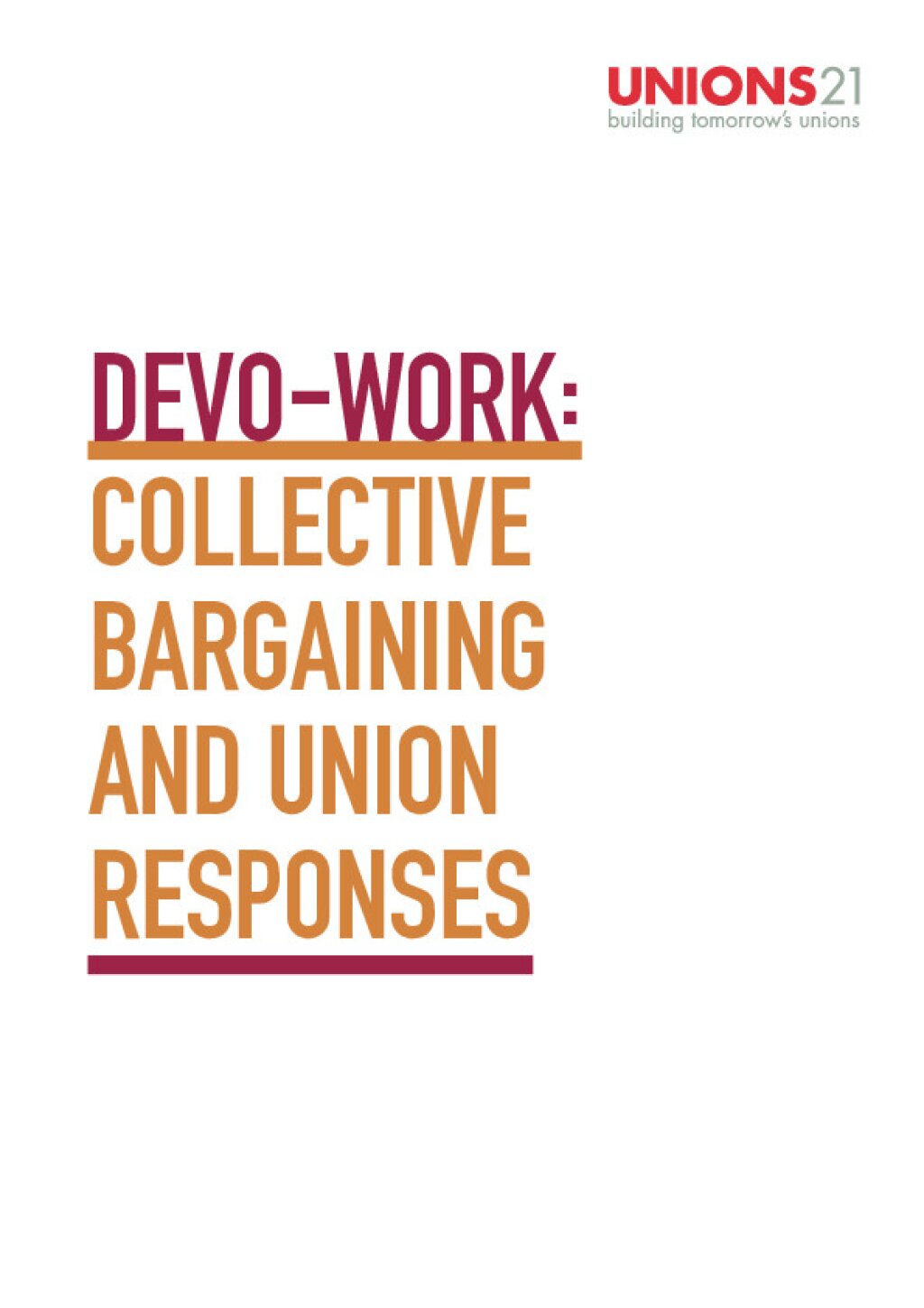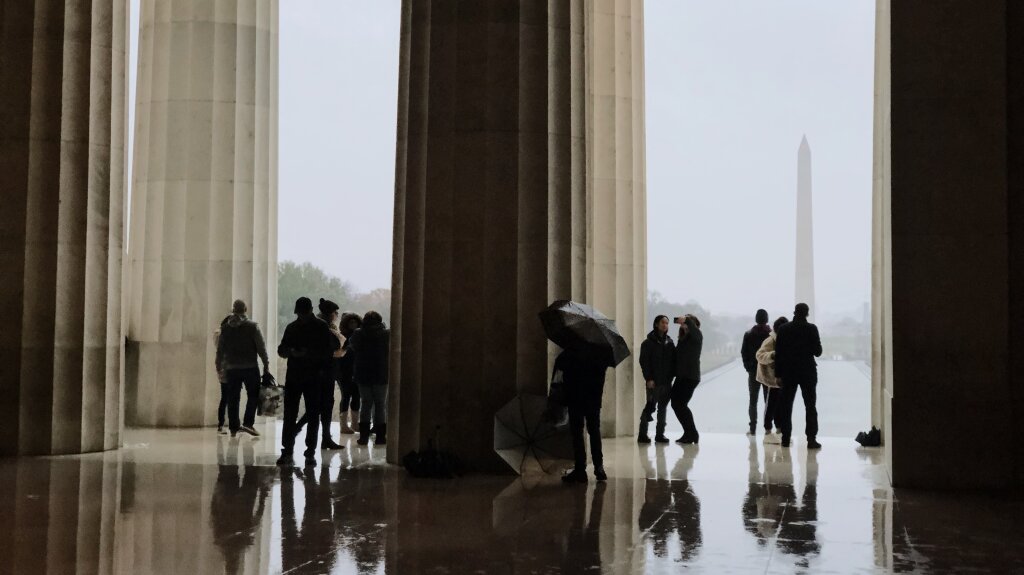By Rob Yeldham, Director of Strategy, Chartered Society of Physiotherapists | 8 min
How is your membership organisation responding to tribalism? Are management choices reflecting the importance of your tribal identify and culture?
For many membership bodies, whether unions, professional bodies or special interest groups, the basic operating model is essentially commercial. If we offer the right services at the right price members will want to join and remain members. However, if your organisation fails to recognise the cultural or tribal aspects of membership, you risk becoming irrelevant or being replaced by new bodies offering a stronger sense of belonging for members.
In the aftermath of the Brexit vote you can't help but have heard angst ridden commentators, politicians and academics debating culture wars, lack of sense of belonging and the impact of globalisation on identity. A lifetime ago I studied social anthropology at university. I increasingly find myself turning back to the concepts learnt then to try and make sense of the debate. But my interest is more than just academic. I believe there are real opportunities and challenges for membership organisations from consciously embracing tribal thinking.
A need to belong is one of Maslow’s basic five human psychological needs. We are social animals who have thrived through cooperation with in a competitive environment. We define “self” frequently in contrast to “others”. This means we join social groups to express our commonality and to differentiate ourselves from those we don’t identify with .
As the world becomes more complex, and more threatening, we look to those around us for support and use culture as a means of cementing a shared sense of belonging. Clan, tribe, class, community or nation are all ways of articulating belonging in complex environments.
The rise of a new tribalism
According to the theory of the day, economic change has caused the breakdown of many of our old tribal relationships. The rise of consumerism has undermined cultural tribalism leading, for example, to people choosing to support successful global brand football teams rather than always supporting their local side.
Globalisation has destroyed whole communities whose identity, and sense of worth, was built on traditional heavy industries. Mass economic migration has challenged host cultures and caused anxiety for some. That, at least, is the simplified theory. Yet the basic human instinct to belong to a group is still with us. If we have lost one set of tribal identifies are we looking for new ones?
The notion of seeking tribal identity has embraced by commercial firms. Tribal marketing and tribal management are with us. Big brands are marketing themselves as vehicles to enable people to expresses a sense of belonging to a common group or tribe.
The desire to belong to a cohesive social group should be an opportunity for membership organisations. They provide somewhere to express shared values, interests and identities. Yet some types of membership bodies have been in steady decline. Arguably, those organisations experiencing decline are those whose tribal identify and cultures were challenged by the same economic factors as wider society. They need to learn from organisations who have thrived through tribalism and adapt their tribal identifies to attract new members.
Understanding membership bodies as tribal groups
A tribal lens is hugely valuable when looking at professional bodies. How often do professional bodies describe their different specialties as clans or tribes? This is both at strength and challenge. The natural tendency is to try and closely define the professional (tribe) and its constituent parts (clans). We build symbols and rituals to reinforce tribal identity for example; awarding post nominals or chartered status, giving out membership badges and having formal gatherings of the clans (conferences). This creates opportunities to reinforce the tribal identity and that can create very strong organisations with great loyalty amongst members.
For many membership organisations the sense of common identity is an under recognised asset. The lightbulb moment for me was when leading a workshop for senior members of the Chartered Society of Physiotherapy on how we should respond in the event of Scottish independence. One of our senior Scottish members made a passionate case for there being a common physiotherapy community across the UK, regardless of political structures. The economic benefits to members of sharing the costs of professional liability insurance paled into insignificance beside the shared sense of tribal identity as physios.
Tribalism is not just relevant to professional bodies. Traditional industrial unions have declined as their industries declined. Strong tribal identities around these industries and the specific jobs associated with them, has been lost. The mergers of unions has created bodies whose only tribal glue is a generic union culture. This provides a strong bond for existing activists but acts as a barrier to new people who don’t share the tribal language and history.
For unions to reinvent themselves as a tribal home for people they need to re-examine their cultural assets; language, visual symbols and declared sense of identity. Could more emphasis on role/profession specific clans with in unions and less on the union centres help cement people into membership? Would more of a focus on being a virtual communities of people with common interests with in unions, across their employers or employment type, build stronger union clans? At the very least the cultural language needs to change - less “brothers and sisters” and more “fam”. None of this is new thinking, and some unions have embraced changed already.
Tribalism isn’t with out its problems. The failure to recognise the cultural dimension of tribalism is arguably, why mergers or membership extensions are so difficult for unions, professional bodies and charities. Organisations formed through mergers, or which bring in new groups of members, often have protracted periods of “political” manoeuvring. Arguably, these are a manifestation of differences of identity being played out by the clans with in the new tribe.
Creating a cohesive, shared tribal identity to bind an organisation together is not easy. It is not something which can be simply planned and executed. Anthropologists recognise that culture is co-created through constant interaction between people, as well as informed by setting and teaching formal social rules. Where organisations are merging or widening membership they need to focus on developing a common sense of belonging, not just getting the member benefits offer right.
I am not arguing that culture or tribalism are the be all and end all for membership organisations. Of course, if an organisation provides poor service to members, fails to represent member interest effectively, ignores member views, or is very expensive to join members are unlikely to be won over simply by a strong affinity to the tribe. But I do think for many organisations the strength of tribal affinity is a massively valuable asset. As such it should be consciously nurtured.
Using tribalism in practice
So how do you apply the tribal awareness in practice? In the Chartered Society of Physiotherapy, we are doing a range of things to help us understand and channel the tribal identity of our members. In our insight work with members, we’ve asked about just about their satisfaction with the society but also how they feel about the organisation and the profession. This gives us a sense of how strong the tribal bonds are. The common commitment to physiotherapy amongst both physiotherapy qualified members and others is what unites our members. Joining the CSP is not just a rational decision about insurance, employment and professional support. It is also “just what you do as a physiotherapist”.
Whilst modernising the way we work, our membership rules and governance we’ve been conscious of the need to ensure changes fit with how members feel about their tribe. We have had member led reviews where the boundaries of the group were actively debated and decisions made on the basis of who members feel is “one of us”.
In our communications strategy we have explicitly set out to create a distinctly physiotherapy voice for the CSP. Implicitly we are trying not to simply ape other unions or health related professional bodies. We have jealously guarded our “tribal symbols”. We still issue new members with a costly badge, have an approved physiotherapy uniform supplier and police how professionals are described and badged. Yet we’ve also modernised as member expectations change. Our senior elected members used to wear chains of office, which have now been retired as a more modern approach is expected from our relatively young membership.
I don’t claim that the CSP has found a perfect approach. We know we have more we can potentially do to harness tribalism and to channel it into productive directions. It is much easier for a uniprofessional organisation, with no direct competitors, to establish a sense of tribe than it is for a general union or membership organisation where the interest is less cohesive. However being conscious of the tribal aspects of your organisation and seeing to encourage positive aspects of tribalism could enhance member loyalty, solidarity and commitment to activism.



